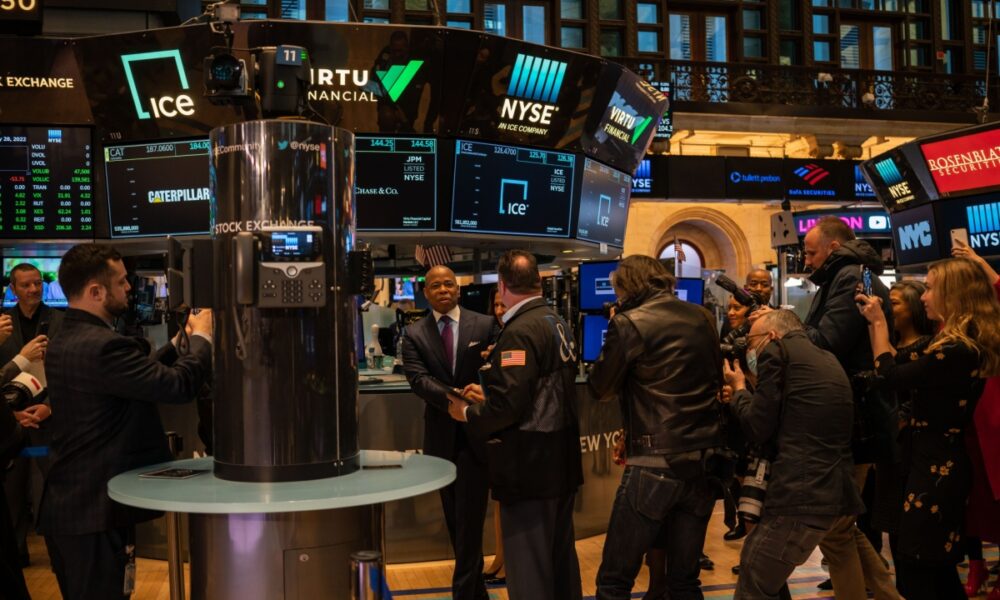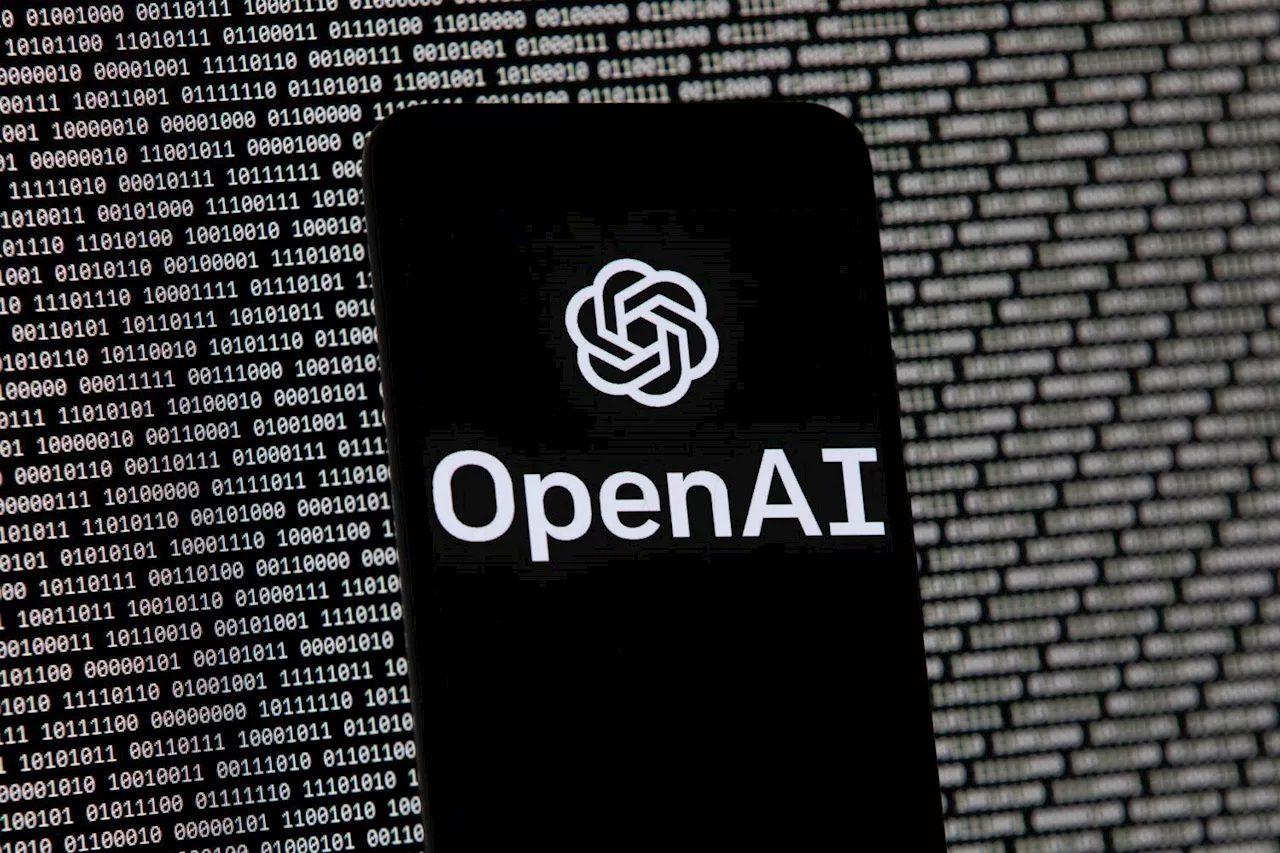Trading activity on Wall Street has surged to unprecedented levels, with the New York Stock Exchange (NYSE) processing approximately 1.2 trillion order messages daily. This figure marks a significant increase, nearly three times the volume recorded during a particularly volatile trading day four years ago, according to NYSE President Lynn Martin. Each order message represents an instruction to buy, sell, cancel, or modify a trading order.
Martin noted that this dramatic rise is a direct result of advancements in artificial intelligence (AI) and algorithmic trading systems. “When I first took this job four years ago, COVID was still rearing its head, and a volatile day in our market saw about 350 billion incoming order messages,” she stated. “This past April, a peak day for us was 1.2 trillion messages.” She attributed the surge to “AI-fueled trading, algorithmic strategies, and hyper-speed market participants.”
Transformative Impact of AI on Market Dynamics
Algorithmic trading has been a feature of financial markets for decades, but recent advancements in machine learning have significantly enhanced these systems. Algorithms are now capable of analyzing market patterns, adjusting pricing, and executing trades within milliseconds. Research from the Hong Kong University of Science and Technology highlights that these AI-driven algorithms can adapt to new data, making them more responsive than ever.
This shift has resulted in an explosion of trading-related data flowing through exchanges like the NYSE. As automated systems compete to manage orders in real time, the need for effective oversight has grown. Martin emphasized that the scale and speed of current trading activity have surpassed what is manageable through human oversight alone. “It’s our obligation to protect the financial markets, so we have to watch those messages,” she explained. “We can’t do that with a bunch of humans. We need good technology.”
AI is now integral to the NYSE’s surveillance systems, enabling the exchange to monitor trades and detect irregular behavior in real time. Martin stated in an interview with CNBC that the NYSE is now better equipped to handle record traffic compared to the market turmoil of 2020. Infrastructure upgrades and AI-based monitoring tools have facilitated the management of higher trading volumes without significant disruptions.
Record Market Activity and Stability Measures
The NYSE’s recent performance underscores the magnitude of modern trading environments. A volatile week in April illustrated this, as the five trading days between April 3 and April 9 saw unprecedented activity. All five days ranked among the top ten highest volume days in history, culminating with a record 30.98 billion shares traded on April 9, coinciding with a 9.5 percent rally in the S&P 500. On multiple days, the NYSE handled over 1 trillion messages, setting new all-time highs.
Despite this record trading activity, the NYSE’s market structure has maintained stability. Trading halts, which temporarily stop buying and selling due to sharp price movements, occurred 25 times on the NYSE, in stark contrast to 334 occurrences on a competing exchange. The NYSE credits its hybrid model, which combines automated order matching with human oversight from Designated Market Makers, for helping stabilize prices and ensure liquidity during rapid market fluctuations.
To manage the increasing message flow, the NYSE operates a dedicated data center and private network, separate from the public internet. Martin emphasized the importance of this design for both performance and cybersecurity. “We take cyber super seriously,” she remarked. “On our most critical infrastructure, we have full visibility of the system, and therefore we can protect that infrastructure.”
The NYSE’s parent company, Intercontinental Exchange (ICE), has also enhanced its data-processing capabilities using Snowflake’s Data Cloud. This transition has reportedly reduced data costs by about 50 percent and improved reporting speeds by 80 percent, processing detailed, time-stamped trade data that supports compliance and oversight.
The International Monetary Fund (IMF) has noted similar trends across global markets, suggesting that while AI-driven trading can lead to more efficient markets, it may also result in higher trading volumes and increased volatility during stressful periods. The IMF has warned that as AI usage expands, markets could become less transparent and more susceptible to cyber risks and manipulation.
Moreover, the IMF pointed out that many AI systems respond to similar data signals, potentially amplifying market volatility during times of stress. While AI can enhance liquidity and efficiency in stable conditions, it may also introduce systemic risks when multiple trading systems react simultaneously.
Martin reiterated the NYSE’s commitment to ensuring market stability as trading volumes and speeds continue to rise. She expressed confidence that the exchange’s hybrid structure, private network, and AI-based monitoring systems have made it more resilient compared to previous periods of volatility.







